Recreational Water Illness is our topic of the day. It’s more of a concern in heavily used commercial pools than it may be in a residential pool, but either can become contaminated with bacteria.
Chlorine is the best method of killing pool bacteria to prevent waterborne illness. However, chlorine doesn’t always kill bacteria in pools as quickly as we would like, affording pathogenic germs opportunity and time – to spread from swimmer to swimmer.
According to the CDC, RWI’s (recreational water illnesses), are on the rise, with increasing numbers of RWI cases related to swimming pools. Cryptosporidium in particular, is a diarrheal illness that can live for days in the presence of normal chlorine levels. More on this later…
- Chlorine Kills Bacteria
- Kill Rates for Bacteria in Pools
- Other Pool Germs to Kill



Chlorine Kills Bacteria
Chlorine prevents a number of diseases, though as mentioned above; it may take time with certain bacteria and parasites. Swimmers can be proactive and help prevent disease by showering off in the public showers and eliminate any dirt or bacteria that may have accumulated, such as on the feet or hands. Chlorine will eliminate water-borne germs that swimmers bring into the water, including viruses, bacteria and parasites.
Chlorine is widely used because of how effective it is to fight against bacteria and germs that could be potentially dangerous to swimmers’ health. Chlorine attacks bacteria and makes them harmless. Does this mean you are guaranteed a swim without getting sick at all?
With various types of bugs, bacteria and germs in the world, there are some that can have a higher tolerance to the chlorine in the swimming pool water. In fact, there are even some that are tolerant enough to withstand chlorine for longer periods of time. These pool germs can therefore still be problematic to any swimmers.
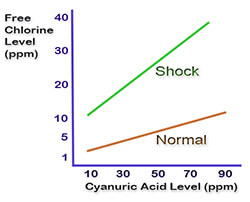
Cyanuric acid, also known as conditioner or stabilizer, shields chlorine from the sun, but it also slows chlorine’s reaction time.
For pools that have any measurable levels of CYA in the water, free chlorine should be raised to compensate for the suppressive effect of cyanuric acid on chlorine activity and kill rates.
As shown in the graph above, experts now recommend higher levels of Free Chlorine, for normal daily chlorination and for shocking the pool, when cyanuric acid is used. Especially when you are trying to kill pool bacteria!
Kill Rates for Bacteria in Pools
While chlorine does indeed kill bacteria found in pool water, it doesn’t guarantee a bacteria-free experience. There are some bacteria and parasites that take longer periods of time for chlorine to eliminate these dangers. The table below explains how long it would take for chlorine to effectively cleanse the water of certain bacteria and parasites at a chlorine level of 1 ppm, pH at 7.5, in 77° water.

E. coli can be harmless, there is potential for infections and diarrhea. E. coli may be the most known food borne illness. E. coli can be transmitted via water or food, as well as animals and person-to-person. It is important to always wash your hands before eating and after using the bathroom to avoid getting sick from E. coli.
Hepatitis A virus is a viral disease that can cause illness in varying degrees. This is spread when a person comes into contact with food or water that is contaminated with feces of an infected individual. Rarely is Hepatitis A fatal, and unlike Hepatitis B and Hepatitis C, it will not cause liver disease. Hepatitis A is a common form of food borne infection.
Symptoms for Hepatitis A include fever, loss of appetite, diarrhea, nausea, jaundice, and abdominal discomfort. Not everyone will have all of the symptoms. While anyone can be at risk, young children are especially susceptible to the virus. While there is no specific treatment or cure, it is known that it will just take time to rest and heal.
Water is a breeding ground for bacteria and can support viruses and parasites long enough for them to enter your body through absorption, inhalation, and/or ingestion.
In the presence of chlorine, fungi is the most vulnerable, followed by bacteria. Viruses can take 10 times longer to be neutralized by chlorine, and protozoa is the most resistant, taking up to 100x longer than a fungus to be zapped by your pool chlorine.
Not surprisingly, the pathogens that take the longest time to kill also produce the most dangerous water borne illnesses.

Giardia parasites are microscopic and cause diarrheal illness. These parasites can be found in soil, food or water that is contaminated with feces of humans or animals. Also known as Giardia Enteritis, is a protozoan infection of the small intestine. It may bring on acute diarrhea and may lead to chronic intestinal disorders, malabsorption of fats and vitamins and weight loss.Water is a common method of spreading. It is most often associated with drinking unfiltered surface waters or from shallow wells, swimming or wading in contaminated freshwater.
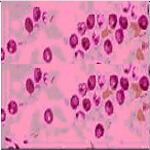
Crypto is another parasite that can cause cryptosporidiosis, the diarrheal disease. Because a shell protects the parasite, it is tolerant to chlorine disinfection. Symptoms include stomach cramps, dehydration, nausea, weight loss and fever. The good news is that most people can recover from this parasite without the use of any treatment. One way to manage the sickness is by drinking fluids to treat the diarrhea. An interesting characteristic of this pathogen in pools is the appearance of oocysts which are highly resistant to chemical disinfectants.

Ebola – a lot of concern has been raised about the Ebola virus lately. Normal chlorine levels in a pool, of 1-2 ppm, will kill Ebola in short order. In addition, just 1/2 oz. of bleach in a water spray bottle will disinfect any surface. Ebola infection from a pool or other body of water is unlikely. According to WHO (the World Health Organization, that’s Who) Ebola in water lives only minutes because without a host it enlarges and bursts, which kills the virus. Inside of a host however; it has up to 90% kill rate.
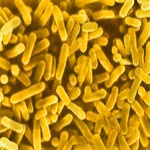
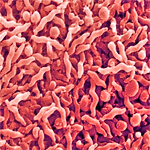
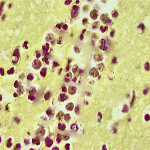
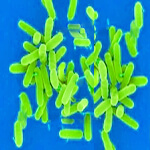

Shigella – bacteria that can infect the digestive tract and cause a wide range of symptoms, from diarrhea, cramps, vomiting, to more serious illnesses. Infections, called shigellosis, sometimes go away on their own; in others, antibiotics can shorten the course of the illness. Other symptoms of shigellosis include: high fever, loss of appetite, and painful bowel movements. In very severe cases of shigellosis, a person may have convulsions (seizures). Shigella is transmitted directly from uncleaner swimmers and may infect after ingestion of contaminated food or water. This pool pathogen may be acquired by swimming in contaminated surface waters or pools and spas.
Essentially it does take time for germs to be removed with chlorine treatments. Chlorine isn’t an instant magical fix. One of the biggest occurrences of germs in a pool is fecal matter. Fecal matter can hold in the germs, protecting them from the chlorine. A single gram of human feces can contain 3 trillion germs!
Showering before entering the pool is important to wash off fecal particles that stick to your backside after using the bathroom. Even small bits of feces washing off in the pool releases enough bacteria to potentially infect many people with diarrheal disease. Showering reduces chlorine demand, and the amount of bacteria and germs, virus, fungus… introduced to the pool.
Other Pool Germs to Kill
Fecal matter can carry E. Coli, Hepatitis A, Giardia and Crypto Parasites, but there is are more bacteria that can be found in public swimming pool water. Children are particularly vulnerable to other pathogens in public pool water, such as Swimmer’s Ear, Pinworm Infections and Coliform bacteria.
Swimmer’s Ear occurs when water stays in the ear canal for long periods of time. This gives germs a great environment to grow and infect. Kind of like pool water that is not filtered and treated, eventually bad stuff starts to grow.
To prevent Swimmer’s Ear, dry your ears well after getting out of the swimming pool or shower. Tilt your head to allow for water to escape each ear, draining out. Use a hair dryer to allow air to pass through the ear – using the lowest setting. Do NOT place objects in the ear like cotton swabs or fingers, and don’t try to remove ear wax. You can dissolve it with a solution of water and white vinegar, or water and rubbing alcohol.
Pinworm infections are also associated with swimming pools – although they are indeed rare. These infections can occur when a swimmer swallows pinworm eggs that originate from contaminated surfaces or fingers. Even though chlorine levels that are in public pools are too low to actually kill pinworm eggs, the fact that there are a small number of eggs in pool water makes it a rare occurrence.
All active children are susceptible to pinworm. Kids should remember to wash hands after using the bathroom, playing outside and before eating. It is also important to change underwear, shower daily, and avoid biting nails.
Coliform is common in plants, animals and soil. Coliform doesn’t guarantee sickness, but if the germ is present, that means other germs can also be present as well. Symptoms related to drinking or swallowing water can include cramps and diarrhea.
What can be done?
Drinking water from private wells or springs should be tested once a year. Bacteria can also be tested for in ponds or swimming pools. Replacing water filters, and boiling all water that is used for drinking, cooking or ice cubes will kill any bacteria.
In pools, chlorine is the best disinfectant available, but it takes time to have an effect on some of the bacteria that may be present in the pool, and cyanuric acid lengthens the time frame. Chlorine kills most waterborne germs that swimmers bring into the water. Adding an ozonator and/or a mineral purifier may be the best way to supplement chlorine for complete pool sanitation.
In most cases of micro organism outbreaks in swimming pools, nearly all in fact – the level of disinfectant is not high enough to combat the level of organisms. Filtering and circulation are also important to remove contaminants and distribute sanitizer. So, it’s real simple really…
- Keep your chlorine level constant, at 1.0 ppm or higher.
- Shock your pool regularly to remove the unseen danger.
- Filter all of your pool water 1-2 times daily.
- Shower before you use the pool.
- No Dogs, No Babies. No Diarrhea. 😉
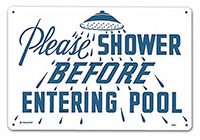
Please shower before using the pool, especially if one has used the bathroom, and ask swimmers with diarrhea symptoms in the recent past, to not use the pool. These two practices are big steps to preventing many types of waterborne illness in swimming pools.
References:
“Fecal Incident Response Recommendations for Pool Staff.” Centers for Disease Control and Prevention. 15 Nov. 2010. Web.
“Healthy Swimming / Recreational Water.” Centers for Disease Control and Prevention. 14 Sept. 2012. Web.
“Coliform Bacteria in Water.” Vermont Department of Health. 12 Dec. 2013. Web.
McKenna, Brian. “New Study Reaffirms Need to Properly Maintain Pools with Chlorine.” American Chemistry Council. 23 July 2010. Web.
“Hepatitis A.” WHO. World Health Organization July 2013. Web.
“Parasites – Giardia.” Centers for Disease Control and Prevention. N.p., 08 Mar. 2011. Web.
“Parasites – Crypto.” Centers for Disease Control and Prevention. 16 Jan. 2013. Web.

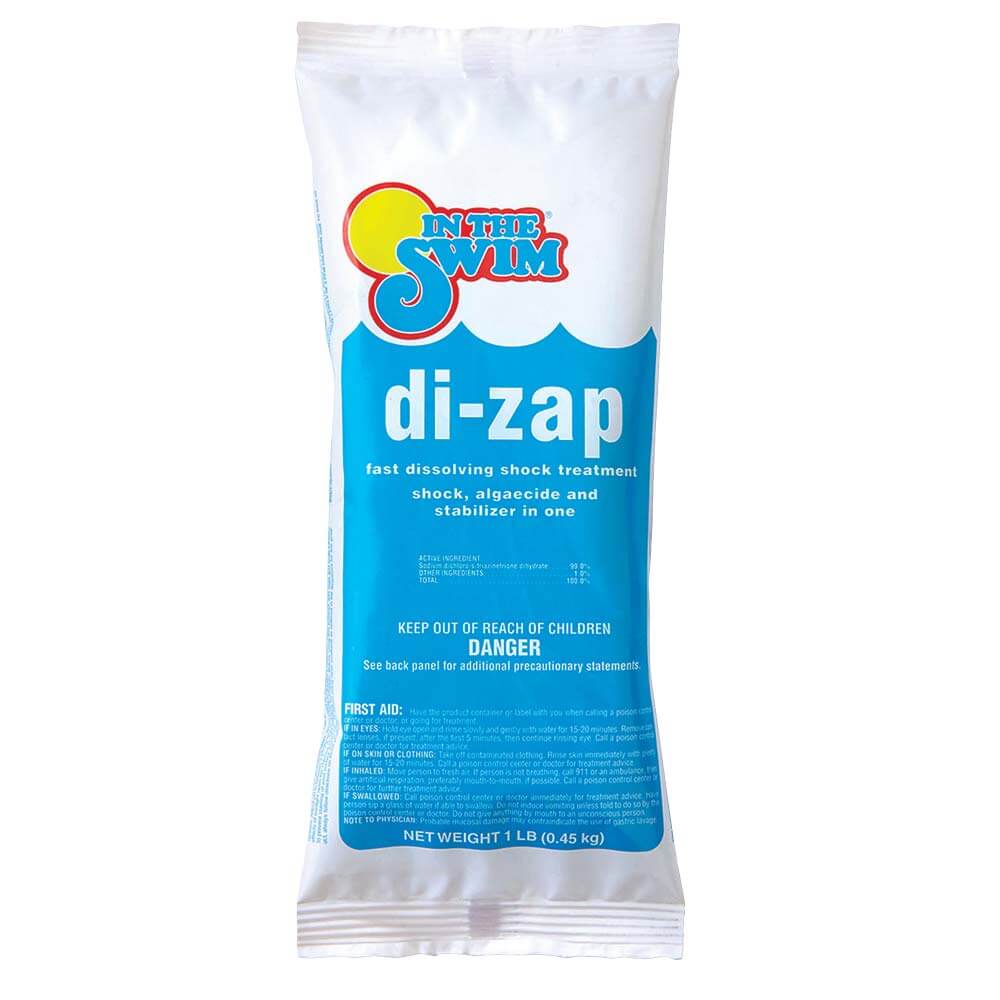

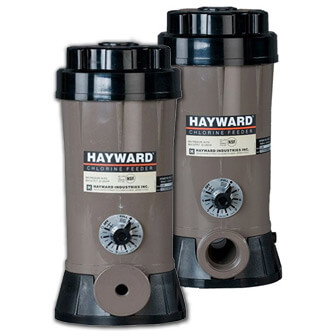
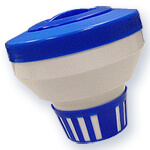



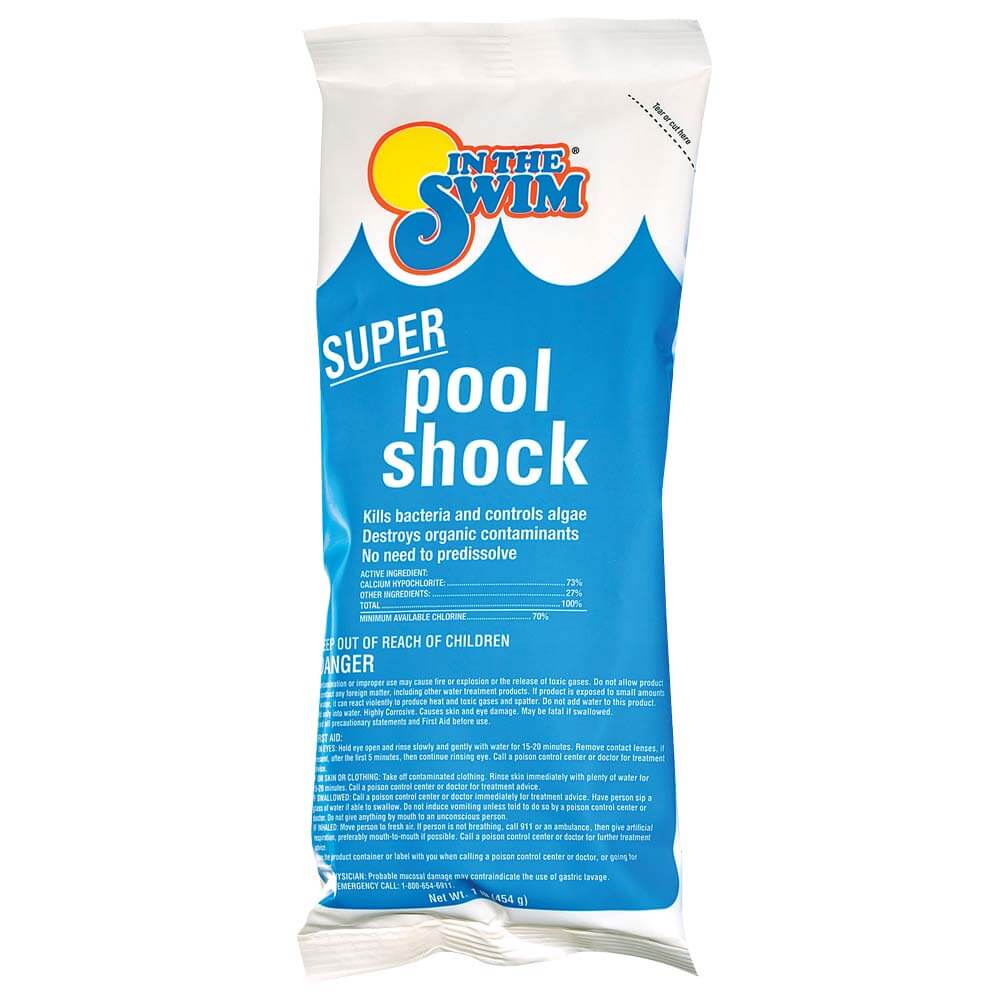

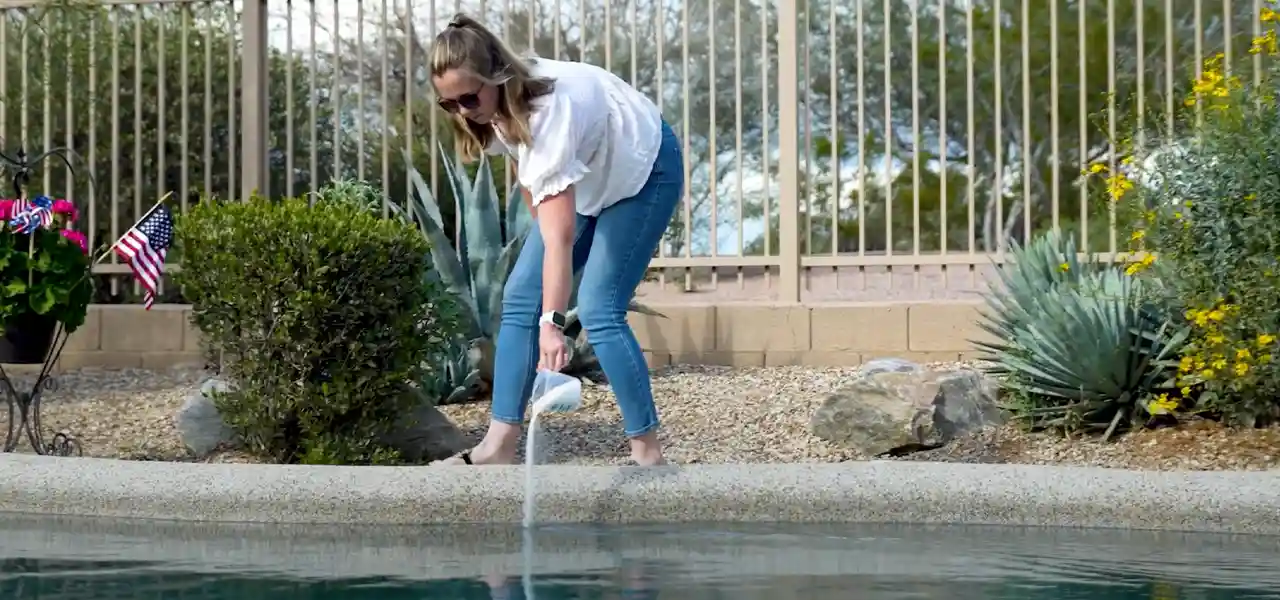
[…] chlorine, reducing kill rates considerably. Recent studies have shown this to be true, and I have blogged on the topic. As a result, many public pools are raising their FC minimum, for pools treated with […]